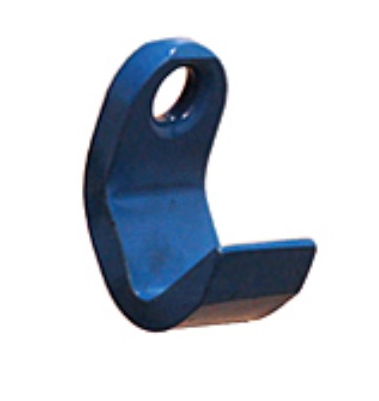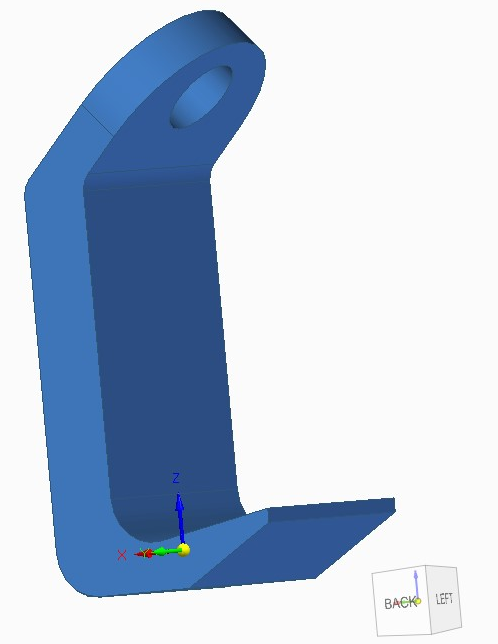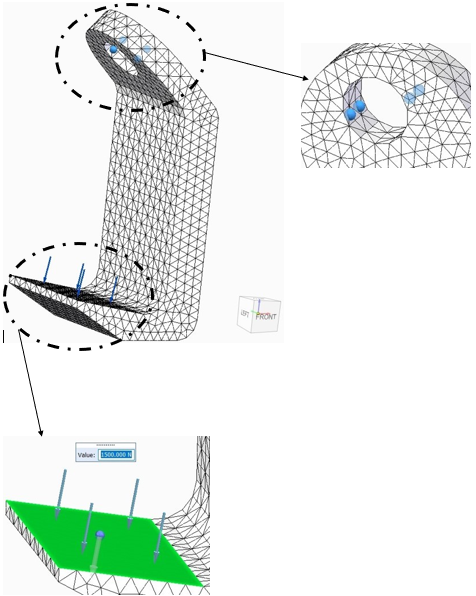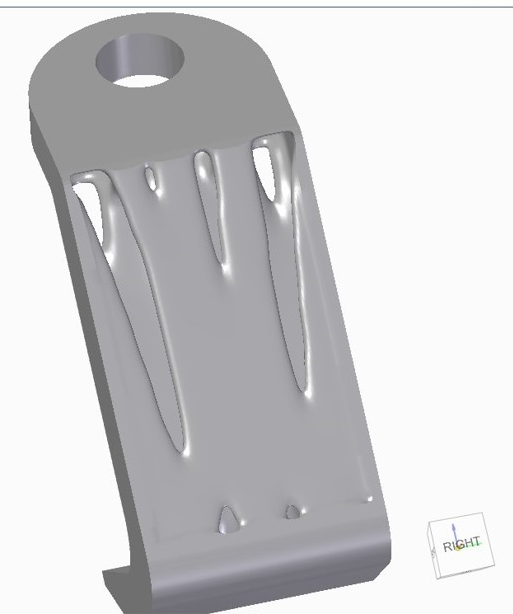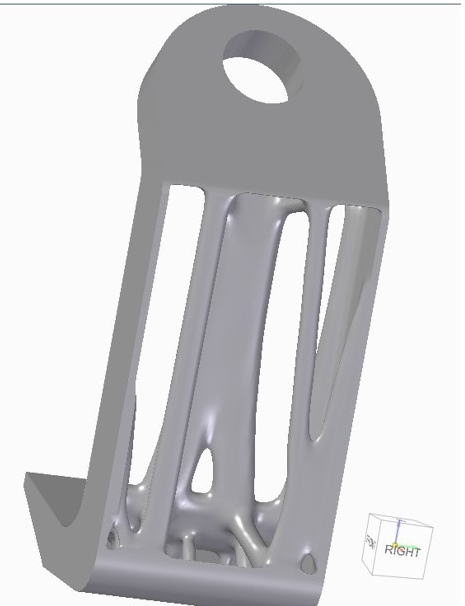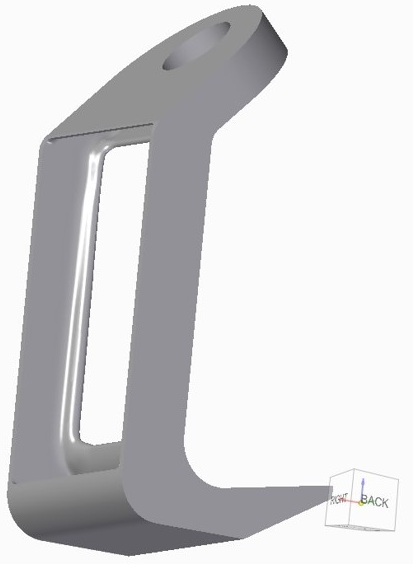Generative design of an engineering part
Generative design is a simulation method for cremating modifying engineering parts that involves the use of algorithms to generate a large number of design options and then selecting the best one based on performance criteria.
34
0

introduction
To create complex and innovative designs, this method takes into account a variety of factors such as material properties, manufacturing constraints, and cost constraints. Defining design goals, inputting constraints and generating design options, evaluating the designs, and selecting the best design for production are all part of the generative design process. Engineers can use generative design to create highly optimized parts that are efficient, functional, and cost-effective.
3D modeling
Standard Plate Hooks are designed for lifting steel plate material overhead and should be used in pairs.
The plate hook:
The CAD model of the plate hook:
The following table gives an overview of the selected material's properties.
Geometry processing
Because of their versatility and strength, chain sling assemblies with plate hooks are a popular lifting solution in the material handling industry. The plate hooks secure the load, while the chain legs provide durability and support. The most common configurations for these assemblies are two or four leg designs, with each offering distinct advantages depending on the application.
** It suggests that the geometry is fixed at the top and subjected to a force at the bottom.
Finite element results
The structure showed really good behavior which can be indicated by the 3x difference between Yield point and the maximum stress which the geometry as subjected to.
Stress distribution:
Displacement distribution:
Set-up for generative design
To maintain a level lifting position when lifting square or rectangular plates, use chain sling assemblies with plate hooks in pairs on opposite sides of the load. This is especially important when lifting heavier loads because any imbalance can cause the load to tip or become unstable, potentially resulting in an accident or damage to the load.
This application is commonly used for significantly long sheets or plates. and in my design, I consider my sheets or plates to be as long and wider (W) than the study case (the difference can be seen above between Real part and CAD model), Therefor I am only considering the middle area for the mass reduction.
**Preserved region during the generative design (offset 2mm).
**Only the (W) dimension will be considered for mass reduction.
Conducting the generative simulation
We have defined the material's properties and clearly could see the Yield point at 96.524 MPa. However, an introducing of a safety factor is highly necessary.
Case 1:
Case 2:
Case 3:
Discussion
After completing the generative design project successfully, it is clear that this method is a powerful tool for optimizing and improving engineering designs. Engineers can use generative design to create highly efficient and optimized designs that are tailored to specific requirements and constraints by utilizing advanced algorithms and machine learning techniques.
We were able to achieve significant improvements in mass reduction by using generative design. this advancement can have a significant impact on a wide range of engineering applications, such as lowering fuel consumption, increasing load capacity, and improving overall efficiency.
